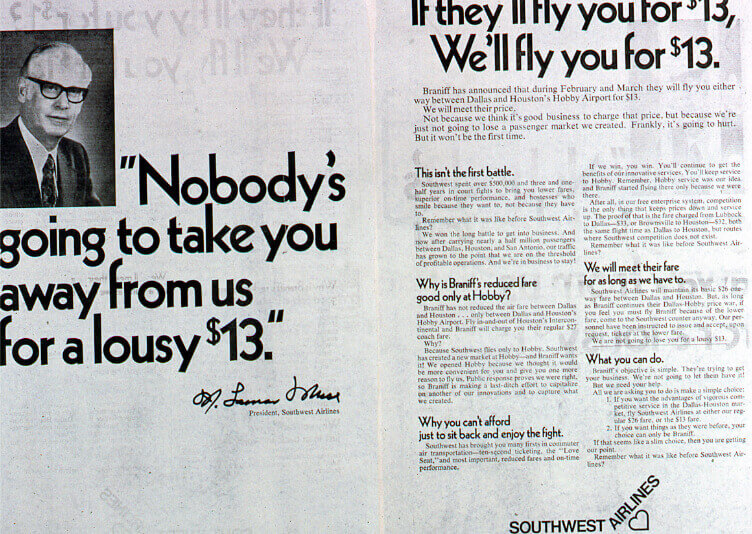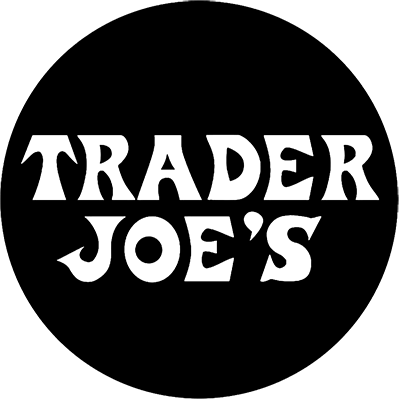Experience
Product
What standards do you hold your products to? See how brands maintain consistency and quality across all of the goods they offer.
Reveal the product in a way that reinforces its value
Macintosh: In 1984, with a goal to make computers more friendly, Steve Jobs revealed the Macintosh by having the computer say 'hello' to the audience.
iPod: In 2001, Steve Jobs pulled the iPod from his pocket proving that 1,000 songs could fit in it.
iPhone: In 2007, Steve Jobs told the audience to expect three new products: A new iPod, a phone, and an internet connector. He repeated this until it was clear that all of these features were wrapped into one device.
MacBook Air: In 2008, Jobs introduced the "world's thinnest notebook" by taking it out of a manila interoffice envelope.
Never deviate from what customers expect
At Chick-fil-A, there is one way to make breaded chicken, one way to cut lemons, and one way to make coleslaw—and owners and secret shoppers are always on the look out for any deviation from these standards. So, when one team member tried making the slaw prettier by adding in purple cabbage, the entire batch was immediately thrown out. This comes from Chick-fil-A's strong belief that if you don't have operational consistency then you don't have a brand at all.
Never chase fashion trends
"Fashion is happening only now, and art is timeless. When I think about clothing as art, I imagine a Navajo Indian blanket coat worn by an eighty-year old woman. She could have bought the coat in 1950 or it could have once belonged to her mother...When we give in to fashion trends, you doom clothes to the trash heap." — Founder Yvon Chouinard
Patagonia rarely buys off the shelf fabrics or existing prints. They work with artists and design studios to produce original art while refusing to be pressured by the "fashion race." Quality takes time and Patagonia is willing to move at a turtle's pace and miss fads if it means beautiful, durable, and eco-friendly products.
Design your products for your core customers
Even though Patagonia's success has come from a different type of customer, Patagonia always puts the purpose of the product ahead of style:
- On the first iteration of jackets, pockets are not included if they will get in the way of a climber's harness.
- Sizes are determined by how the garment is meant to be used. If its purpose is to be worn over other layers or against the skin, a Medium may be smaller or bigger from one product to another. People who want to wear it for fashion will just have to scale up or down in size.
Offer impact experiences
The Ritz-Carlton created Give Back Getaways to provide guests immersive experiences while also offering them the opportunity to make a difference. Experiences can range from building nests for migrating birds in China to cleaning up coastal trails in Hawaii. Simpler onsite activities, like prepping food for local hunger relief charities, are also available and are used for team building exercises during conferences hosted at their properties.
Win price wars by knowing your audience
In 1973, as a young airline, Southwest's low cost frequent flights were posing a threat to the market share of the larger well-established Braniff Airlines. Having deep pockets, Braniff launched a campaign that undercut Southwest's $26 flight from Dallas to Houston by half.
With the strong possibility of losing all of their business to Braniff's cheaper flights, Southwest fired back with an ad that read: 'Nobody's going to shoot Southwest Airlines out of the sky for a lousy $13.'
Within the ad, Southwest offered their customers a choice: Southwest would either match Braniff's $13 fare or customers could buy a regular $26 ticket and receive a complimentary fifth of vodka, whiskey, or scotch.
And the result? Besides Southwest becoming the largest distributor of those liquors in Texas during that time,:
- Three quarters of Southwest passengers chose the liquor over the half priced fare.
- Southwest's passenger count went up by 66%.
- Southwest turned its first ever profit that year.
Braniff, on the other hand, reinstated their original higher rates and would eventually cease operations in 1982.
Southwest's victory was a result of the company understanding their audience. Their core customers were business travelers who expensed their trips, and would much rather have a free bottle of booze than help their company save a few dollars.
Limit your product offering to create a better customer experience
Make no mistake, Trader Joe's has reasons for only carrying 10% of the selection that full-sized supermarkets, like Whole Foods, have to offer. With fewer products:
- Employees are well-informed about every product in the store making it easy to give recommendations to customers.
- Customers are less anxious about making a wrong purchase. By only having one choice of a product, like flour or ketchup, customers can count on every product being exceptional.
Create inside jokes that only your core customers would appreciate
Most supermarkets have a one-size-fits-all label for their self-branded products. Trader Joe's on the other hand, individualizes each label for each of their products with obscure artistic, musical, literary, historical, or scientific allusions. Some examples include the Sir Isaac Newtons, The Bagel Spinoza, The Peanut Pascal, the Heisenberg's Uncertain Blend of coffee beans, and Trader Darwin's Vitamins (for the survival of the fittest).
As founder Joe Coulombe explains: "I wanted to create a silent conspiracy among the overeducated, underpaid people in town, so that as they moved down the aisles they would read secret messages on the products."
Challenge industry standards when deciding how to sell your products
Unlike other grocers, Trader Joe's does not sell fruit or vegetables by the pound, but instead by the item. They found that paying by the pound has tricked shoppers into spending more. By removing weight out of the equation, shoppers know exactly how much they will be spending before even going to the register.
Offer products that have limited availability
Once a product is gone at Trader Joe's, there is no guarantee that it will return. In fact, Trader Joe's has "made a point of going out of stock to encourage the customers to 'buy while it's still there.'" To play on their customer's FOMO, the brand publishes the quantity of these limited products in their promotional flyers to increase the "rarity appeal" and keep customers visiting frequently.
Make your packaging memorable
For Zappos, their white box is the most tangible touchpoint they have with their customers. That is why it's so important to them, not only to make it recognizable from at least 25 feet away but to have it create a positive emotional connection. To do this, the Zappos team asked themselves: How can we turn our box into a creative and meaningful experience? Enter the #ImNotABox campaign that added:
- Hidden messages embedded into bar codes that customers can find using their mobile phones
- Different core values printed on each box to reinforce their unique culture
- Templates printed on the inside for customers to cutout and make different crafts
Turn your employees into product models
Zappos tried professional models but user experience tests showed customers didn't respond well to them. So instead, Zapponians started filming short videos of themselves showcasing and modeling the products, while adding in their own insights and musings. As Jason Lee Menard, video production manager, describes: "In a minute or less, we want to show the product, make a connection with our staff's personality, and share our culture."
To make the cut, videos need to be well produced but not overly polished, engaging, relevant, and consistent with the overall brand.







